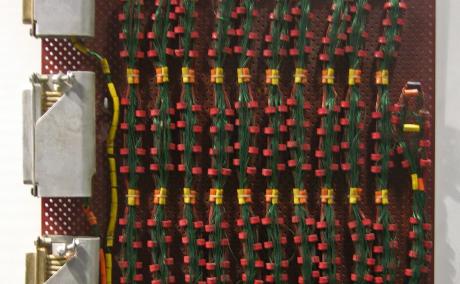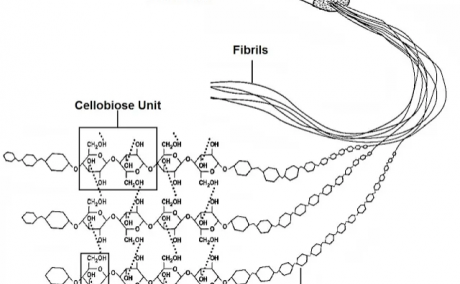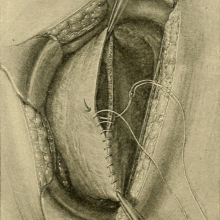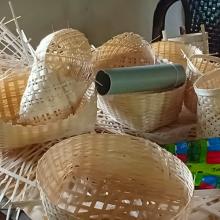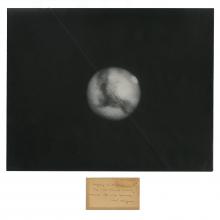Molecular and microscale analyses of animal-based proteins and fibers are common methods used by evolutionary biologists, ecologists, geneticists, and many other scientists to study the traces of animals in history. Such research has also opened a completely new qualitative and temporal perspective for historians who, until recently, have largely relied upon archaeology, historical linguistics, or visual and textual recordings. As what is historically known about animals changes, equally, new light is shed on the animals’ role in human life and thinking. This project invites research on the methodological developments in the study of animals, especially the many uses of the molecular signatures of animalian artifacts to reconstruct animal histories. Trust and reliability figure into the molecular methods and radiometric tools used to analyze the meanings of evolutionary baselines describing animal domestication. This new research focus also explores knowledge production arising from multidisciplinary approaches, from proteomics to photoacoustic spectroscopy, to characterize animalian artifacts in biodeterioration studies and archaeological textile conservation. Historians of science and technology are invited to undertake reflexive as well as refractive study of these processes by which animal proteins and fibers leave traces and tantalizing histories—that analysts in this field continue to inquire into and piece together.
To learn more and keep up to date with the latest research of the group, please check the "Curating Proteins and Fibers" blog.
Our Isis Focus section "Magnifying Insect Histories" that grew out of our eponymous Reading Group was featured in the HSS newsletter, "Transactions of the IsisCB."

Hand-woven mid-twentieth century Amami Ōshima tsumugi (pongee) silk, magnified at 200x.
Nicole Ong, Biomaterial Matters 2017


